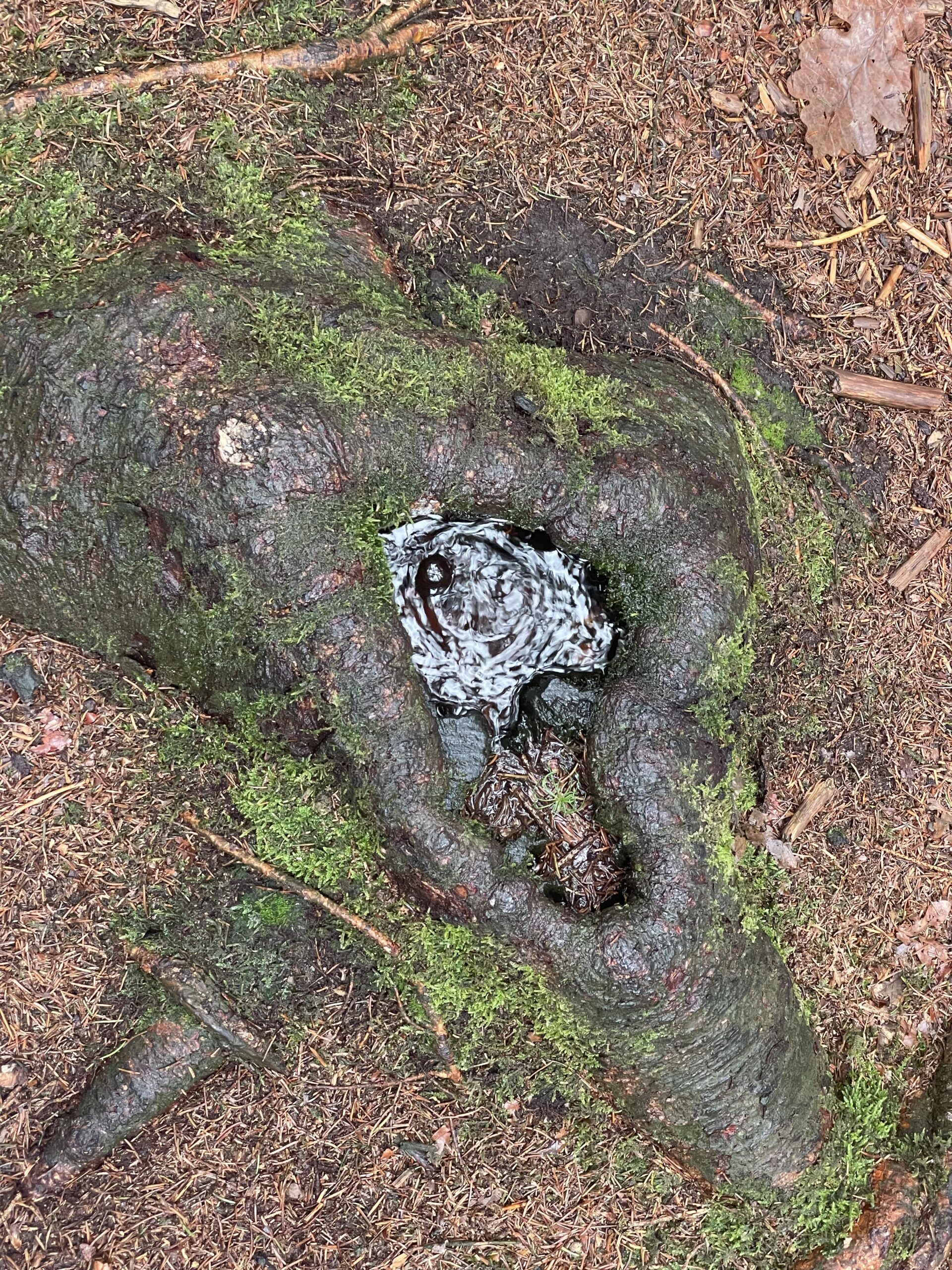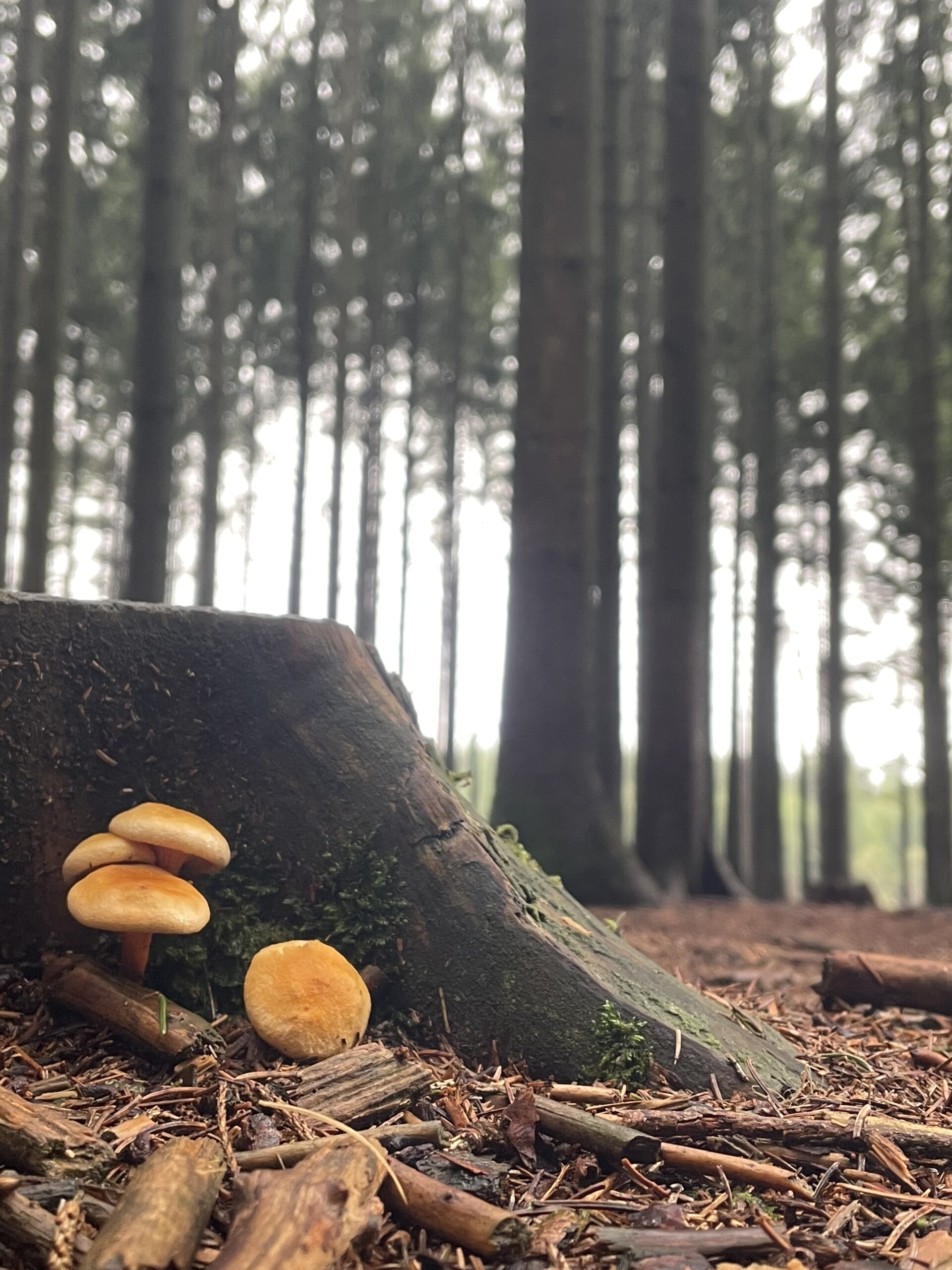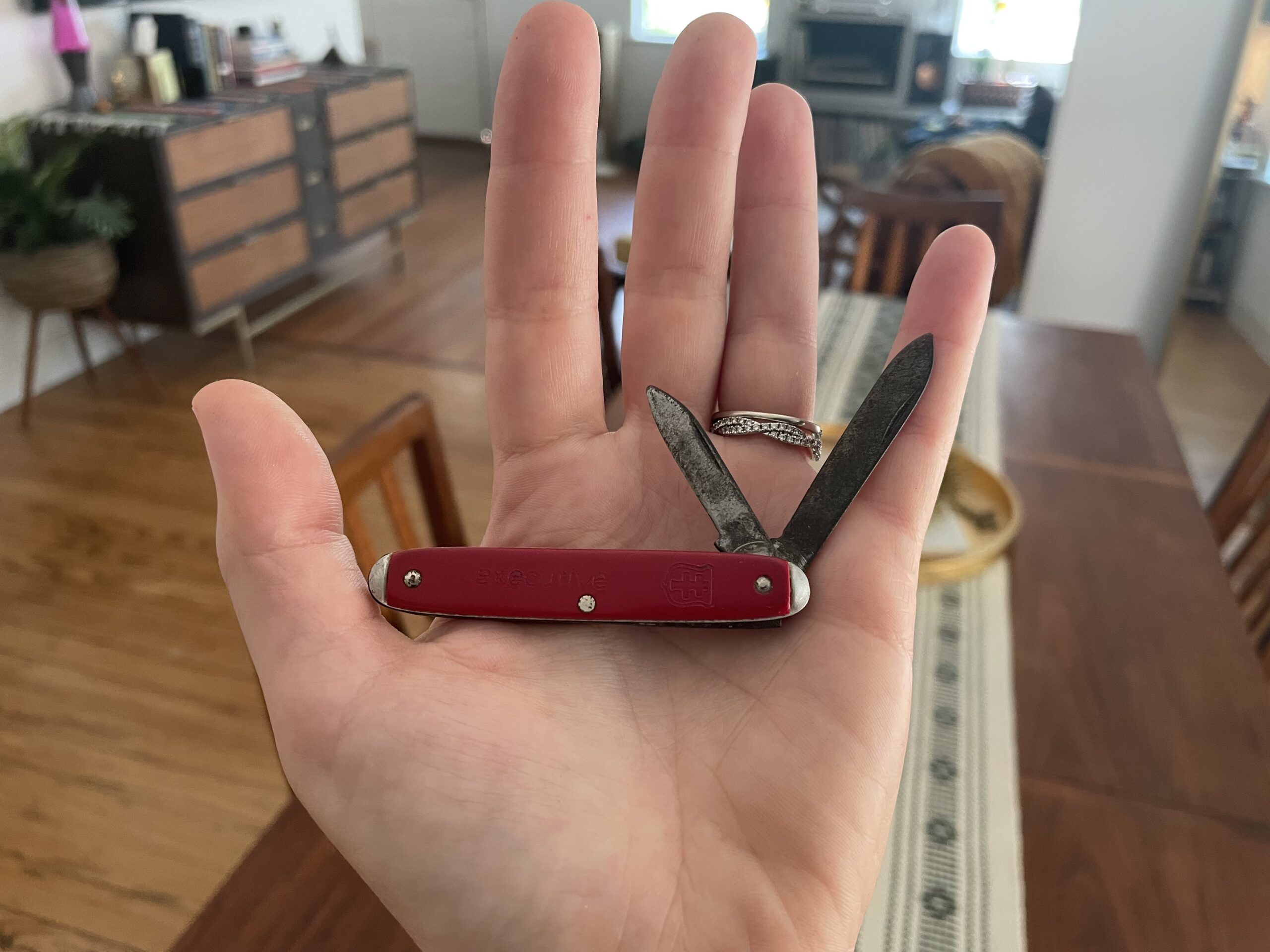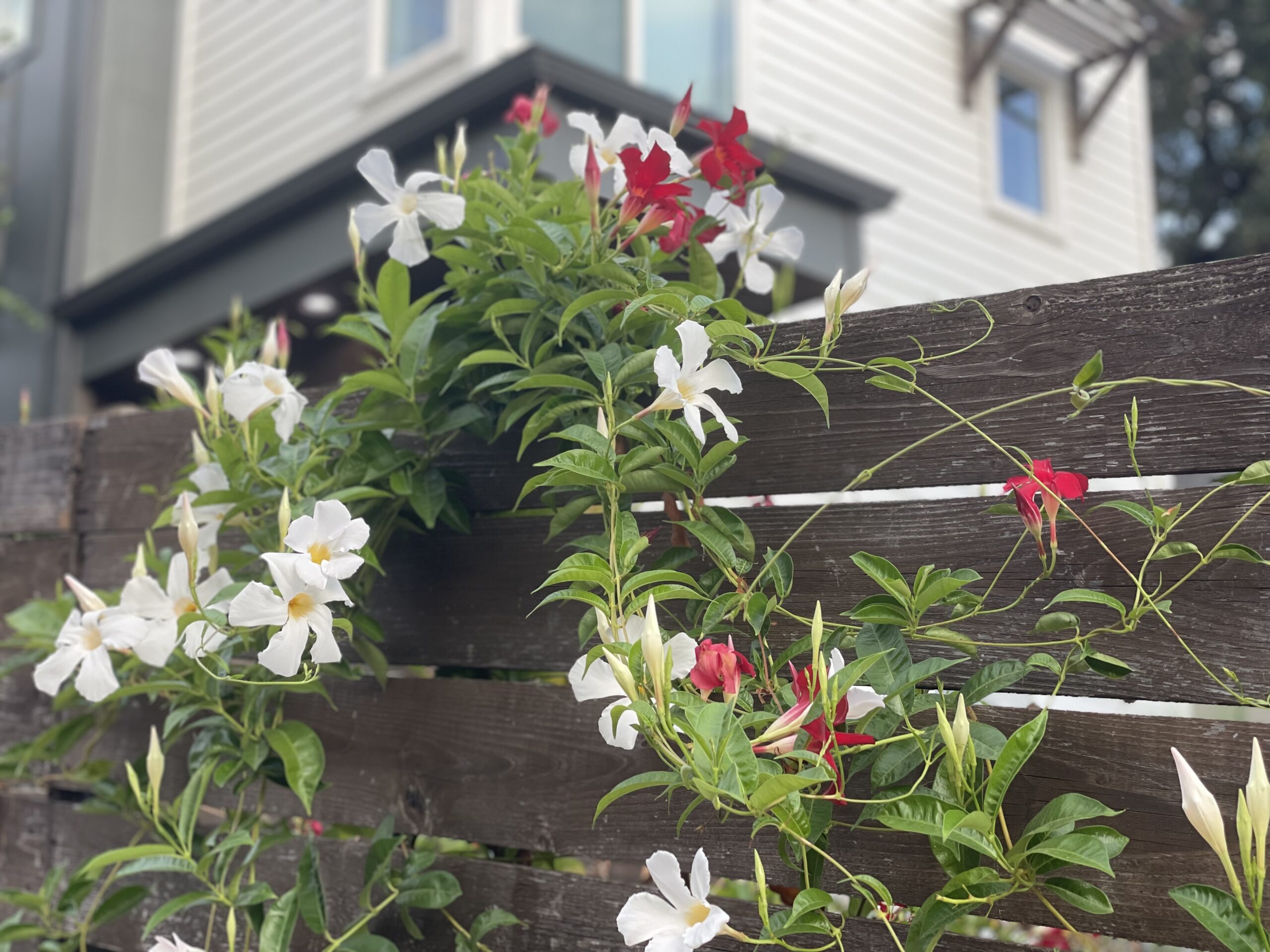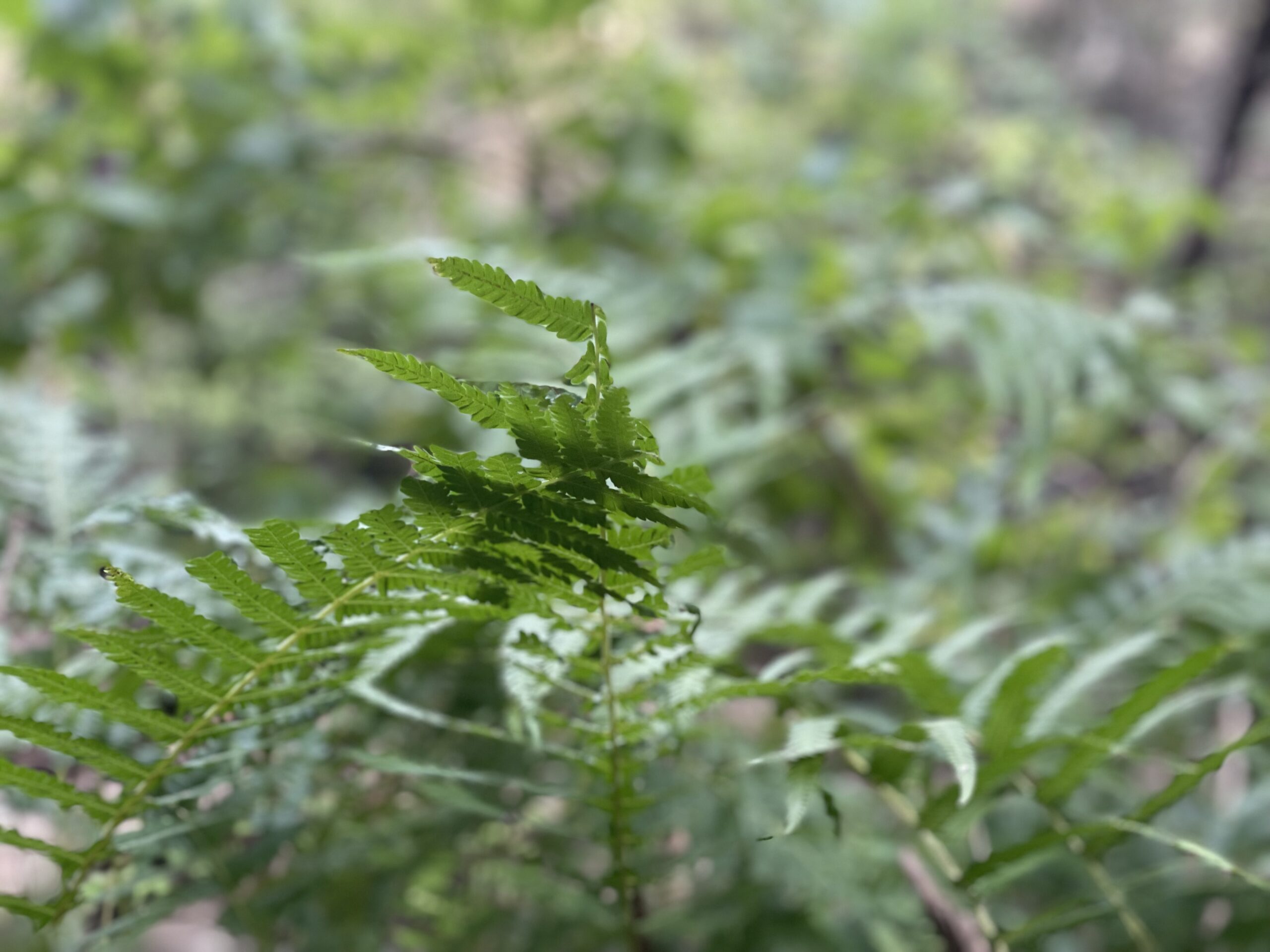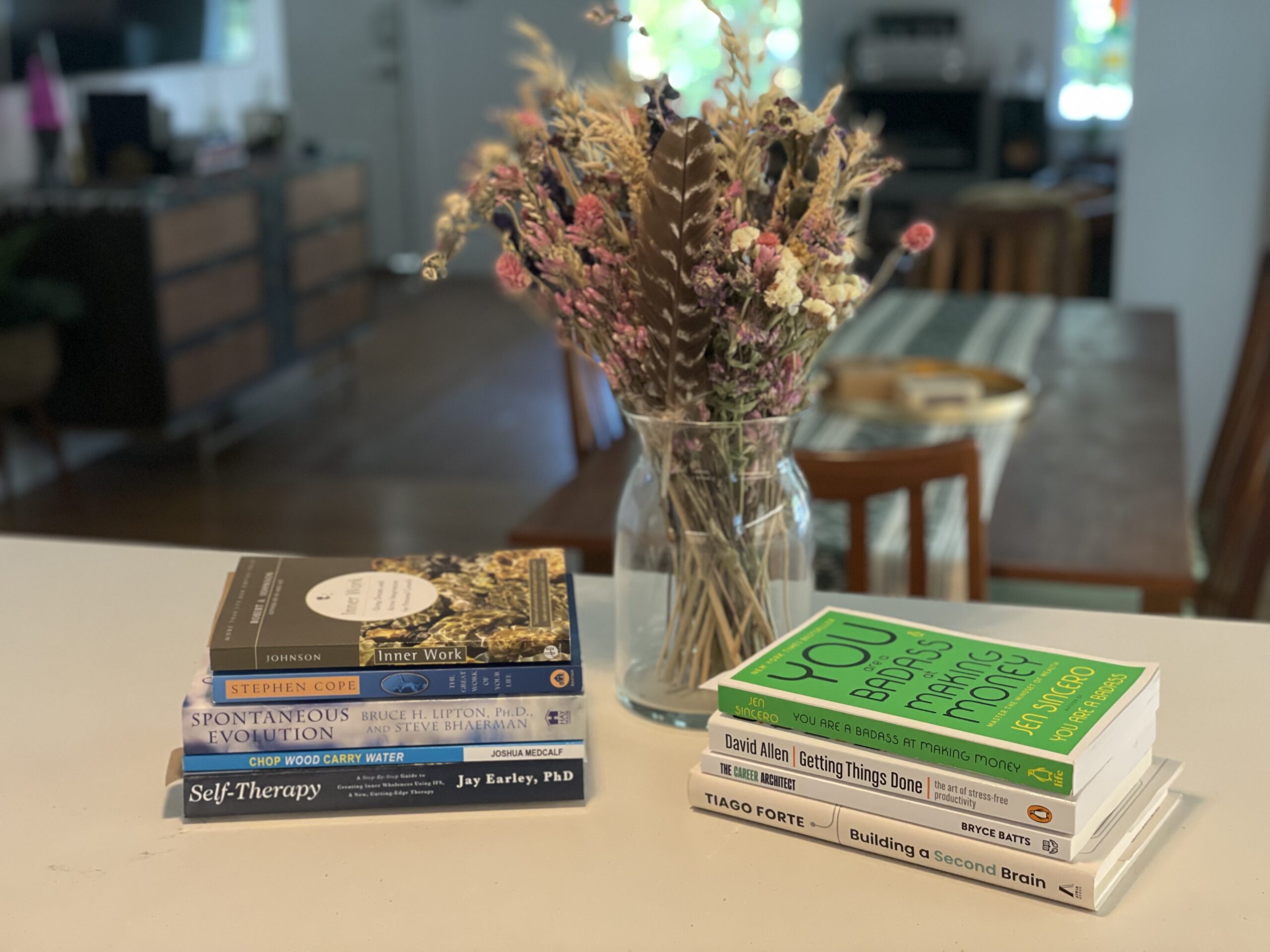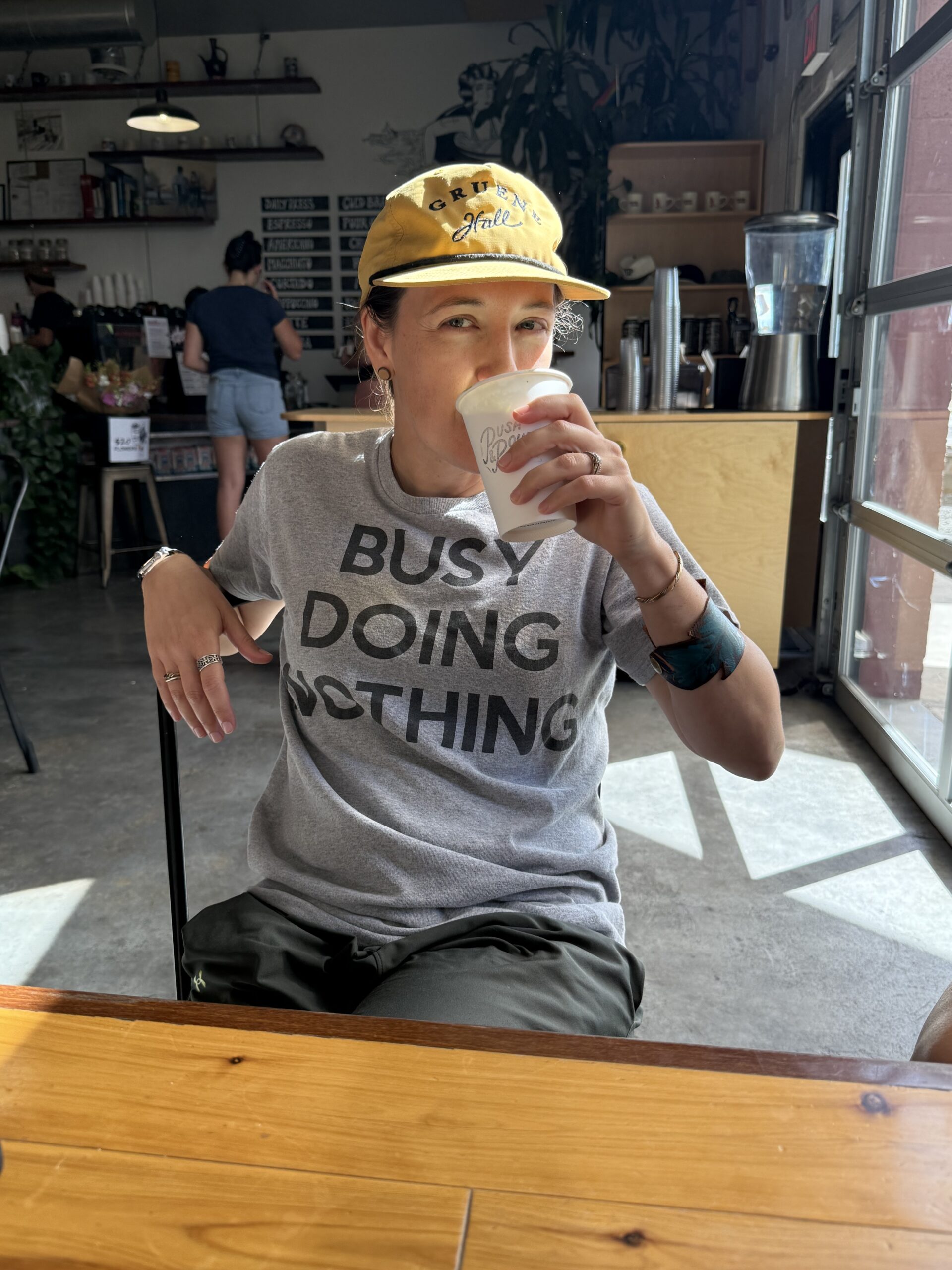
Yesterday I talked about how I’m venturing into faith with action behind it. As a continuation of that theme, I’m exploring what Cameron calls “The Virtue Trap” – that state that many of us get stuck in because we are so concerned with being nice and protecting the feelings of and relationships with friends and family that we use this as an excuse to avoid taking action.
100 Liminal Days is an experimental project of embracing my current transitional season after exiting my business by sharing an honest, real-time account of my self-initiation experience in daily posts. I’m sending shorter weekly recaps only via my newsletter. Visit Day 1/100 to learn more and sign up in the footer of this page to get the weekly recaps delivered to your inbox.
Why Artists (and Entrepreneurs) Need Downtime
This part of Week Five’s reading tells us that artists must have downtime. In chapter five of my book, Firing Yourself, I wrote about this from the perspective of a business owner needing to carve out thinking time. The demands of business – and even just general modern life – activate our minds’ fast thinking capacity. This is when our brain is locked in on the here and now. But slow thinking is the opposite – deliberate and contemplative, focused on the horizon. When this slow thinking part of our brain is activated, we are focusing on the larger realities – the big picture.
Slow thinking is the space where our creativity blossoms, not in the crammed margins of our busy schedules. Imagination is a big part of creativity, and what I’m learning through this experiment is that creativity actually starts by noticing all that you are already part of. Imagination and creativity grow out of an expanded awareness of the present moment. If we are constantly in this fast thinking mode, our brain will do its thing and aim for efficiency – which means it will filter out anything it doesn’t consider relevant to the here and now of your chaotic schedule and to-do list. When we slow down and widen our sphere of awareness beyond productivity and busyness, our inner artist can begin to express herself instead of repressing whatever she is feeling.
So, artists and business owners need time to do nothing.

Protecting Your Downtime Takes Courage
But Cameron says that protecting this time to do nothing takes a lot of courage, conviction, and resiliency. Oh boy, doesn’t it?! I can’t even begin to count the number of times I have felt guilty for telling someone I am not available for whatever they are asking me to do when “my prior commitment” was actually that I’m busy doing nothing. And just as many times, that guilt pressured me to cancel my own “do nothing” plans and give into the request of a friend or my parents.
It has taken time and this intentional recovery process to realize that I have no reason to feel guilty, and that I need not feel pressured to give my downtime to anyone else. This solitude and spaciousness in my schedule is necessary for my happiness, my creativity, and ultimately my ability to bring my A-game to this one precious life.
The Virtue Trap
Cameron calls this internal struggle The Virtue Trap. When we repeatedly ignore our artist’s call for solitude and downtime, we show ourselves that what we want doesn’t actually matter as much as what other people want from us. Yet, there are powerful payoffs to staying stuck in this trap instead of nurturing our souls. Because there is also a presence of fear when it comes to pursuing our dreams, we easily avoid taking action and make excuses if we are prioritizing being nice and considerate of others’ feelings instead of taking the next right step toward our own destiny.
It’s called The Virtue Trap because we do this so we don’t appear selfish. We put others first. What could be bad about that? Well, the thing is that this virtuous attitude is depriving parts of ourselves the freedom of expressing creatively and it feeds a false sense of spirituality grounded in being good. This type of spirituality is pretty on the outside, but rotting on the inside. Externally, we look like we are strong enough to rise above our human nature and be that type of person that is always there for others no matter what, but on the inside, there are parts of us raging because they have been silenced and exiled. We risk losing our self, and if we’re being honest, this is self-destructive behavior. As I mentioned in another post, artists need a self to express so we must nurture our true self, not silence or punish any part of us.
I love what Cameron says about the true self:
The true self is a disturbing character, healthy and occasionally anarchistic, who knows how to play, how to say no to others and “yes” to itself.
When I was caught in the Virtue Trap, I couldn’t approve of my true self and I believed that I needed to walk the line. I told myself that isn’t my true self – that’s just a part of me that is wild, unhinged, unprofessional, and ultimately unloveable, so it must be hidden.
Nurturing Our True Self Is About More Than Just Recovering Creativity
But this process is working its magic. As I’ve nurtured my true self, I don’t feel so desperate to please others. And without that desperation, my little inner artist is feeling safe to come out and speak a little louder. My relationships with others around me are feeling richer and more at ease, too. Without the burden of my previously constant need for reassurance and affirmation, we all have more capacity to love each other more deeply.
This project may seem like it’s all about recovering our creativity, but it really is so much more than that. I’m recovering a sense safety, identity, power, integrity, and possibility – not only to give way to my creative inner artist, but to learn how to become water – to say yes to the flow of generosity and love coming from my Higher Power. To partner with God. To embody my favorite of the Artist’s Way Basic Principles: Creativity is God’s gift to us. Using our creativity is our gift back to God.
It truly has been a spiritual experience for me, and I can’t wait to see what else unfolds from here.
Weekly recaps of 100 Liminal Days are emailed on Tuesdays only to my newsletter subscribers. If you want the summaries, share your email at the bottom of this page to get on the list.
You’ll also instantly receive a free Notion template I use every single day to track my habits and reflect on the day.
Read full Post
All Posts
Get "100 Liminal Days" Weekly ReCaps
100 Liminal Days is an experimental project of embracing my current transition season after exiting my business. I'm sharing an honest, real-time account of a self-initiation experience following The Artist's Way course in daily posts which are usually 1,500-3,000 words long.
If you'd like to receive shorter weekly recaps via my newsletter on Tuesdays, sign up below. When you subscribe, you'll also receive my free Mindful Rhythms Notion Journal Template.

